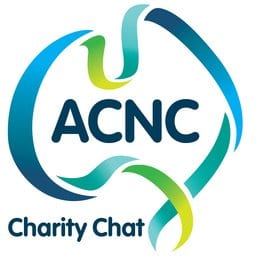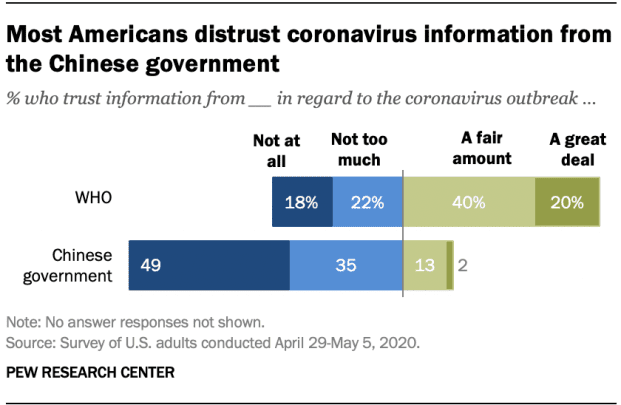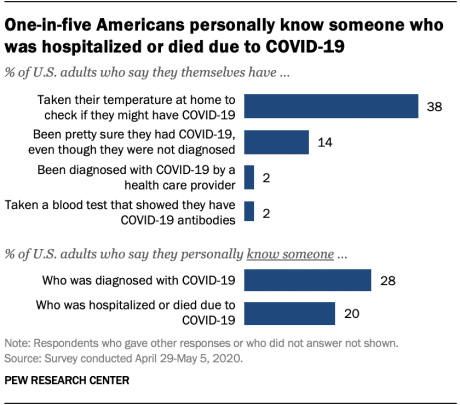Archive for 2020
Using technology to slow COVID-19: Ethical Considerations
Practice Guidance for COVID-19 (APA)
‘Sobriety tags’ come into force
Guidance: Custody and resettlement
The state of Australia’s charities: findings from the latest Charities Report

The meaning-making of educational proficiency in academic hiring: a blind spot in the black box
A new population-level measure shows promise for identifying young children who are healthy and ready to learn
An examination of the medicalization trend in female genital cutting in Egypt: How does it relate to a girl’s risk of being cut?
Child care arrangements and gender: A national portrait of preschool-aged children
Stochastic non-enzymatic modification of long-lived macromolecules – A missing hallmark of aging
Charwomen and Dublin’s secondary labour force in the late nineteenth and early twentieth centuries

State Paid Family and Medical Leave Programs Helped a Surge of Workers Affected by the COVID-19 Pandemic
Threat-related motivational disengagement: Integrating blunted cardiovascular reactivity to stress into the biopsychosocial model of challenge and threat
Loneliness as a predictor of outcomes in mental disorders among people who have experienced a mental health crisis: a 4-month prospective study
Delirious mania and catatonia
Non-absorbable versus absorbable sutures for anterior colporrhaphy: study protocol for a randomised controlled trial in South Korea
Measuring capital in active addiction and recovery: the development of the strengths and barriers recovery scale (SABRS)
Health-related quality of life and associated factors in patients with myocardial infarction after returning to work: a cross-sectional study
When Do Posttraumatic Stress and Related Problems Abate During School-Based Group Therapy for Elementary Students?
Increasing Anticipatory Pleasure in Major Depression through Enhancing Episodic Future Thinking: a Randomized Single-Case Series Trial
Executive Functioning and Activity in Children: a Multimethod Examination of Working Memory, Inhibition, and Hyperactivity
Effect of a Time-Efficient Physical Activity Intervention on Senior School Students’ On-Task Behaviour and Subjective Vitality: the ‘Burn 2 Learn’ Cluster Randomised Controlled Trial
The persistence of passivity as foundational myth in women writing women in Ireland: a thread between mid-20th century repression and cutting edge millennialism
Post-Discharge Adverse Events Among African American and Caucasian Patients of an Urban Community Hospital
COVID19, the pandemic which may exemplify a need for harm-reduction approaches to eating disorders: a reflection from a person living with an eating disorder
Adherence Barriers for Adolescent and Young Adult Transplant Recipients: Relations to Personality
Leveraging Social Networks and Technology for HIV Prevention and Treatment With Transgender Women
Common Practices for Divorce Education
Americans are critical of China’s handling of COVID-19, distrust information about it from Beijing

Few U.S. adults say they’ve been diagnosed with coronavirus, but more than a quarter know someone who has

A serious-game for child sexual abuse prevention: An evaluation of orbit
Does Basic Sanitation Prevent Diarrhea? Contextualizing Recent Intervention Trials Through a Historical Lens
Easy Living: The Rise of the Home Office

Through the analysis of national magazines and newspapers, television and film, and marketing and advertising materials from the housing, telecommunications, and office technology industries, Easy Living traces changing concepts about what it meant to work in the home. These ideas reflected larger social, political-economic, and technological trends of the times. Elizabeth A. Patton reveals that the notion of the home as a space that exists solely in the private sphere is a myth, as the social meaning of the home and its market value in relation to the public sphere are intricately linked.
Children’s Bureau: Primary Prevention: Themes From Fiscal Year 2018 Grantee Site Visits
Compensation and hazard pay for key workers during an epidemic: an argument from analogy
COVID-19 and mental health equity in the United States
Sustainable development goals and higher education: leaving many behind
Adjuvant lidocaine to a propofol-ketamine-based sedation regimen for bone marrow aspirates and biopsy in the pediatric population
Contraceptive use and associated factors among women seeking induced abortion in Debre Marko’s town, Northwest Ethiopia: a cross-sectional study
Why under five children are stunted in Pakistan? A multilevel analysis of Punjab Multiple indicator Cluster Survey (MICS-2014)
Diagnosis and early treatment of Covid-19

6 Lessons from Previous Crises for COVID-19
Filial Therapy as a Core Intervention with Children in Foster Care
Adapting evidence-informed complex population health interventions for new contexts: a systematic review of guidance
MEDICAID: State Views on Program Administration Challenges
COVID-19 in Correctional and Detention Facilities — United States, February–April 2020
Why the Ghost of Slavery Still Haunts America
